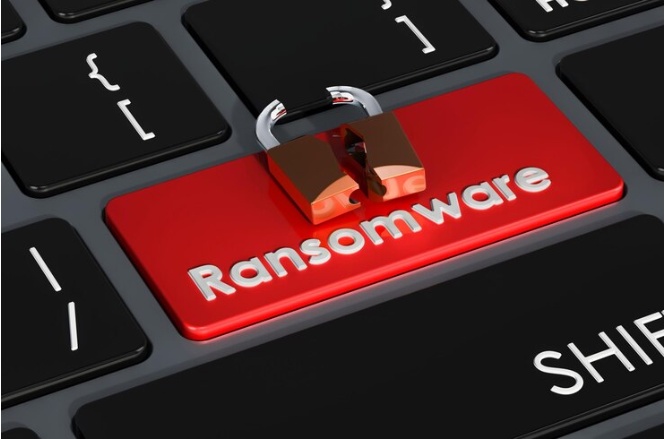Securing your network-attached storage (NAS) appliance has never been more critical. With the increasing prevalence of ransomware attacks, staying a step ahead in fortifying your digital fortress isn't just a matter of best practice — it's the difference between a functioning business and one brought to its knees by locked data. But what steps can NAS appliance owners take to safeguard their data effectively? In this blog post, we'll explore the security features that are most critical in protecting your NAS against the growing ransomware threat.
Introduction
The introduction of ransomware into your digital environment can be catastrophic. Once an infection takes hold, it can spread rapidly, encrypting data across your network, including that stored on your NAS. For businesses, this translates to lost work hours, potential data loss, and, depending on the sensitivity and value of the data, an unenviable decision between paying the ransom and risking the loss of crucial information. But there's hope. By securing your NAS appliance with robust features, you can significantly reduce the risk and impact of ransomware attacks.
Key Security Features on NAS Appliances
1. Data Encryption
Data encryption is like turning sensitive information into a secret code no one can crack without the right key. For NAS appliances, implementing encryption at rest — where data is secured while it's stored — and in transit — safeguarding data as it moves from point to point — are both essential practices.
For example, using AES-256, a standard symmetric algorithm for data encryption, can significantly enhance the security of your stored data. When selecting a NAS appliance, make sure it offers various encryption schemes and that it's not only easy to set up but maintains a high level of encryption performance without sacrificing the device's essential functions.
2. Access Control and User Permissions
Granting the right individuals the right levels of access is a fundamental principle of network security. Your NAS appliance should support detailed user permissions, allowing you to specify who can access files and what actions they can perform. Beyond mere passwords, consider implementing multi-factor authentication wherever possible to add an additional layer of security.
You should also be vigilant in regularly reviewing and updating these permissions. As roles within a company change, so too should the level of access for individuals to ensure that no unnecessary privileges remain that could be exploited by ransomware.
3. Regular Software Updates and Patch Management
Cybersecurity is an endless race. As you work to improve your defenses, cybercriminals are honing their tools. Regular software updates from your affordable NAS storage appliance's manufacturer help to keep your system safe from known vulnerabilities that could be targeted.
It's common practice for ransomware to exploit outdated software weaknesses. A strong patch management policy, with updates tested and applied in a timely manner, is therefore paramount. This not only protects against ransomware that could breach the system but also enhances the overall security posture of the appliance.
4. Network Segmentation
Network segmentation is the practice of breaking up a computer network into different subnets, ensuring that if one part is compromised, the entire network isn't laid bare. A NAS appliance should be set up in a manner that segments sensitive data, such as confidential financial information or intellectual property, away from less secured parts of the network.
In the event of a ransomware attack, proper segmentation can confine the spread, making it easier to both isolate and recover data. It's a vital strategy that, when used in conjunction with diligent backups, can help to minimize the impact of ransomware attacks significantly.
5. Intrusion Detection and Prevention Systems
An intrusion detection system (IDS) monitors network and/or system activities for malicious activities or policy violations and reports these to an administration interface.
Intrusion prevention systems (IPS) adds a layer of automated protection, taking active steps to block any suspicious activity before it can do damage. Together, these systems can significantly reduce the window of opportunity for ransomware to take hold by detecting and responding to potential threats in real-time.
Conclusion
Protecting your NAS appliance from ransomware is a multifaceted challenge. Each of the security features discussed plays a vital role in creating a robust defense, and when combined, they significantly heighten the overall security of your data storage. While no system can be entirely invulnerable, being well-informed and proactive in implementing these measures can be the difference between being a victim of a ransomware attack and repelling it as a mere inconvenience.
In conclusion, data encryption, access control, patch management, network segmentation, and intrusion detection and prevention are the critical security features that NAS appliance owners should prioritize. By investing time and resources into these areas, you're not only securing your data but ensuring the longevity and trustworthiness of your business operations. Remember, in the world of cybersecurity, it's far better to be over-prepared than left picking up the pieces after an attack.


No comments yet